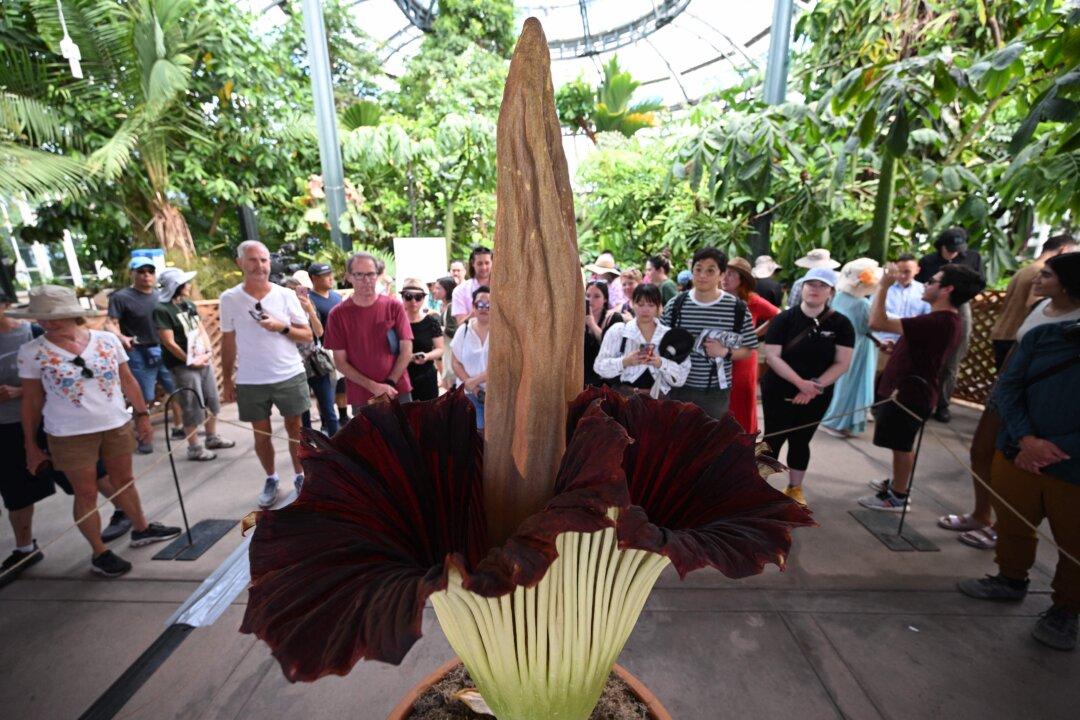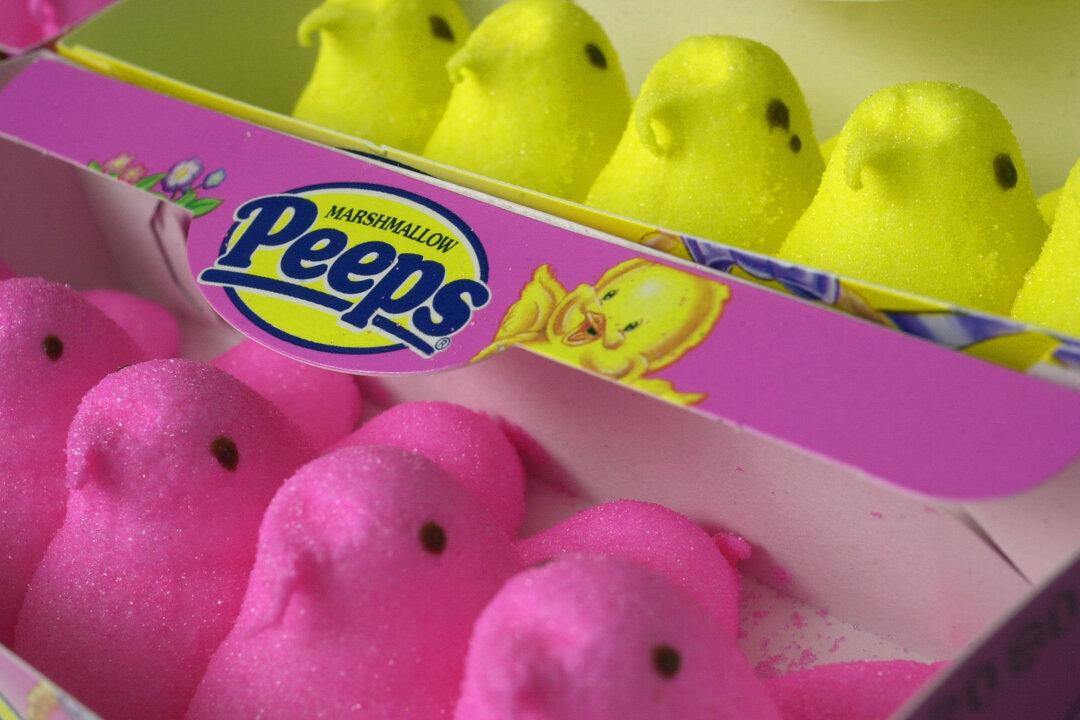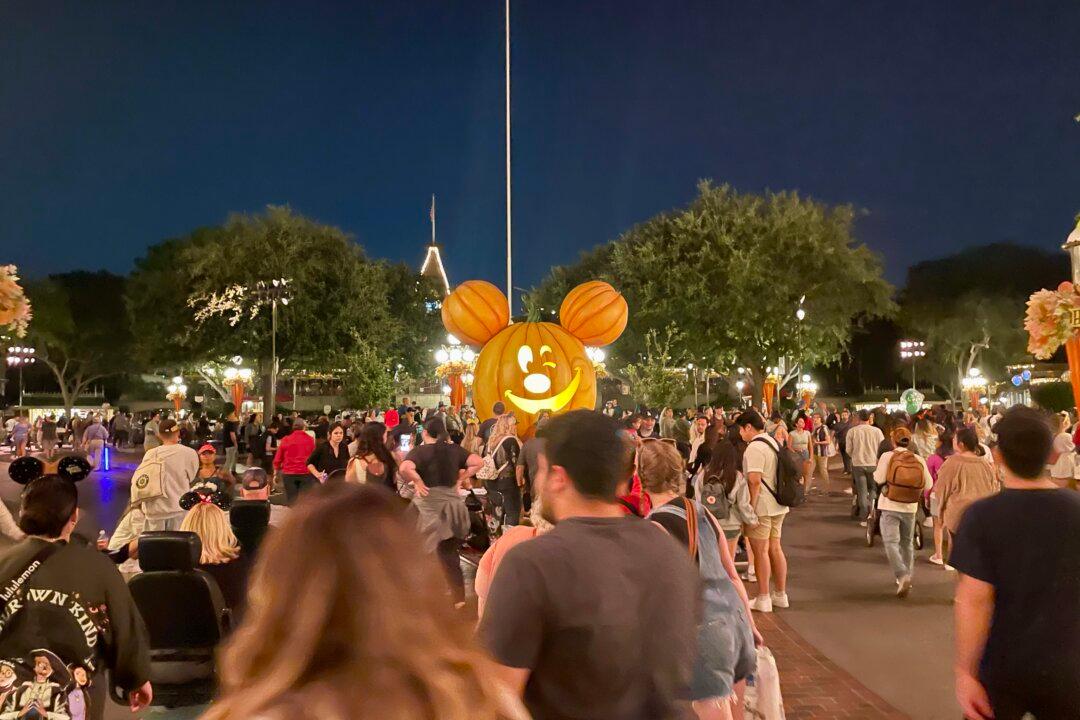Hundreds of visitors have been stopping by The Huntington Botanical Gardens in San Marino, California, in hopes of seeing the fleeting bloom of the very special, and stinky, 5-foot tall “corpse” flower.
Located in the gardens’ conservatory—which acts as a man-made indoor rainforest—is the Amorphophallus titanum, or corpse flower, which started blooming on Aug. 27, according to Huntington staff.




